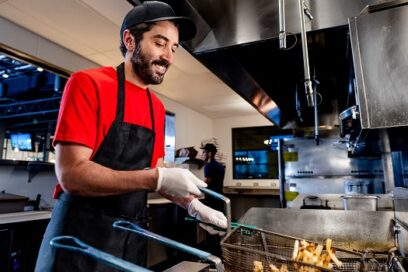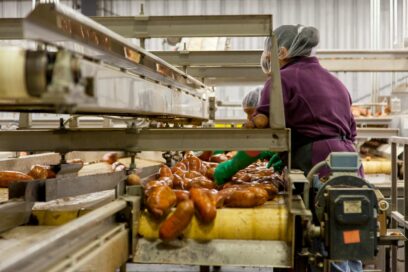Restaurant and Foodservice
National Restaurant Association’s tech and innovation policy lead looks back at 2022, ahead to 2023
Brennan Duckett, director of technology and innovation policy at the National Restaurant Association, discusses the major legislative policies that affected the industry in 2022 and what policy issues restaurants should have on their radar for 2023.








![Q&A: Chef Adam Handling on how animal-first approach sets UK meats apart [Image: Plated lamb, asparagus and wild garlic dish with text 'Great Taste has no limits" on a red background over GREAT Britain & Northern Ireland logo]](https://www.smartbrief.com/wp-content/uploads/2024/01/750-x-350-Lamb-Asparagus-Wild-Garlic-408x272.jpg)


